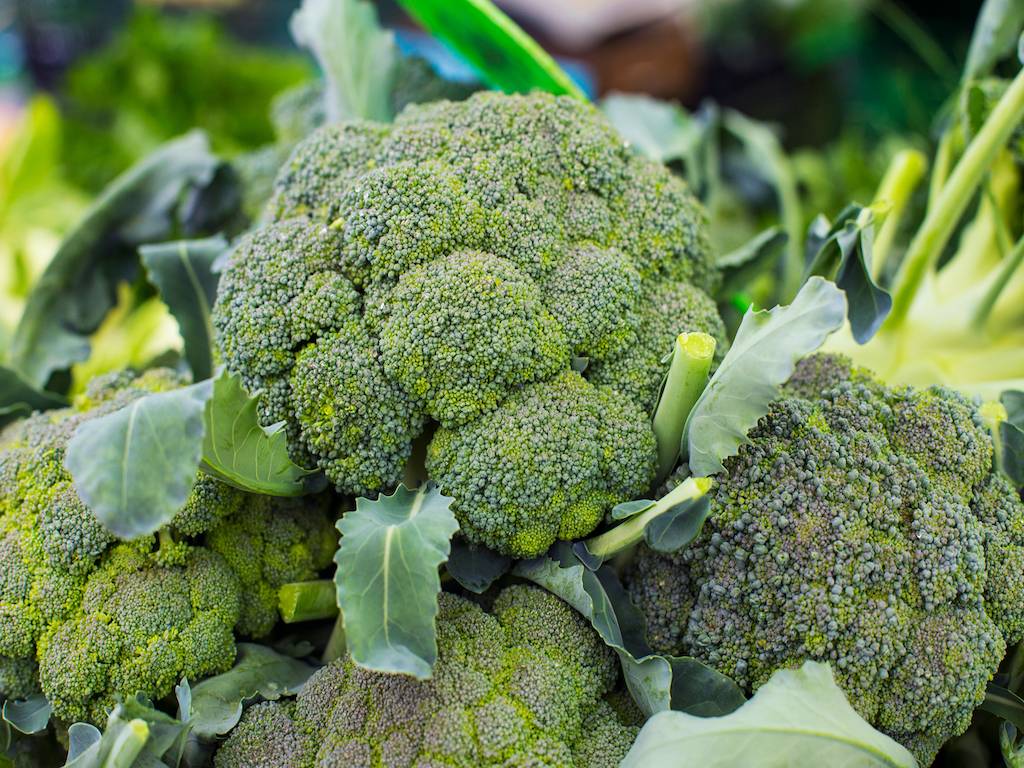
Farmers are switching to off-season exotic vegetable farming because of the high returns. The entire area under vegetable cultivation in 2020-21 is 87,485 hectares, with off-season and exotic vegetables accounting for 60% (52,491 hectares). From mid-June to mid-September, there is no supply of vegetables from the plains to the markets of Delhi, Chandigarh, Ambala, Karnal, Jalandhar, and Ludhiana. As a result, Himachal's off-season crops face less competition and command a higher price.
According to the Agriculture Department, growers selling vegetables earn between Rs 60,000 and Rs 2 lakh per hectare, compared to Rs 8,000 to Rs 10,000 per hectare from conventional crops.
Roshi, who leased two hectares in Sainj to grow capsicum and peas in polyhouses, says the profits are between Rs 60,000 and Rs 75,000 per hectare.
According to specialist Rajeev Minhas, the area under such vegetables has expanded from 42,320 hectares in 2016-17 to 52,491 hectares in 2020-21. He goes on to say that vegetable output has grown from 9,09,428 to 11,20,447 metric tonnes (MT).
Off-season veggies include tomato, capsicum, green peas, beans, cabbage, cauliflower, potato and cucumber while exotic vegetable comprise broccoli, lettuce, zucchini, cherry tomato, ‘bok choy’, Chinese cabbage, iceberg, celery, parsley, red cabbage and coloured capsicum.
According to BR Takhi, Director of Agriculture, the department has introduced grafted vegetable seedlings, exotic vegetables, and encouraged seed production through the seed village initiative to help diversify crops.
Vegetables are produced in Himachal in places ranging from the Shivalik foothills (elevation 400 metres) to the high Alpine zone (height 4,000 metres). In the production of off-season vegetables, the state can be described as a "Natural Glass House" of the country, he added.
The Amount Of Land Under Cultivation Is Growing:
-
Vegetable farming covers 87,485 hectares.
-
52,491 hectares are planted with exotic crops in the off-season.
-
Exotic vegetable growers may earn anywhere between Rs 60,000 and Rs 2 lakh per acre, compared to Rs 8,000 to Rs 10,000 for traditional crops.
-
From 42,320 hectares in 2016-17 to 52,491 hectares in 2020-21, the area under such vegetables has increased.
















